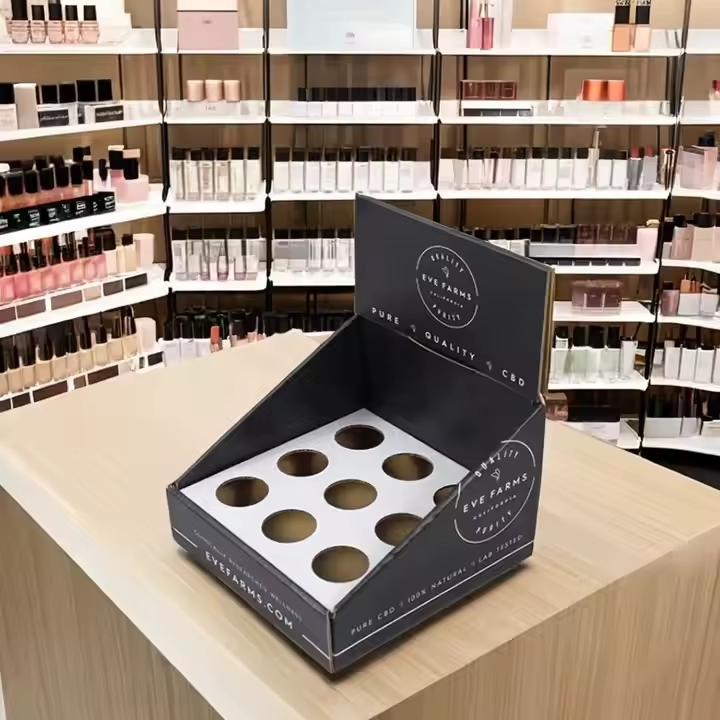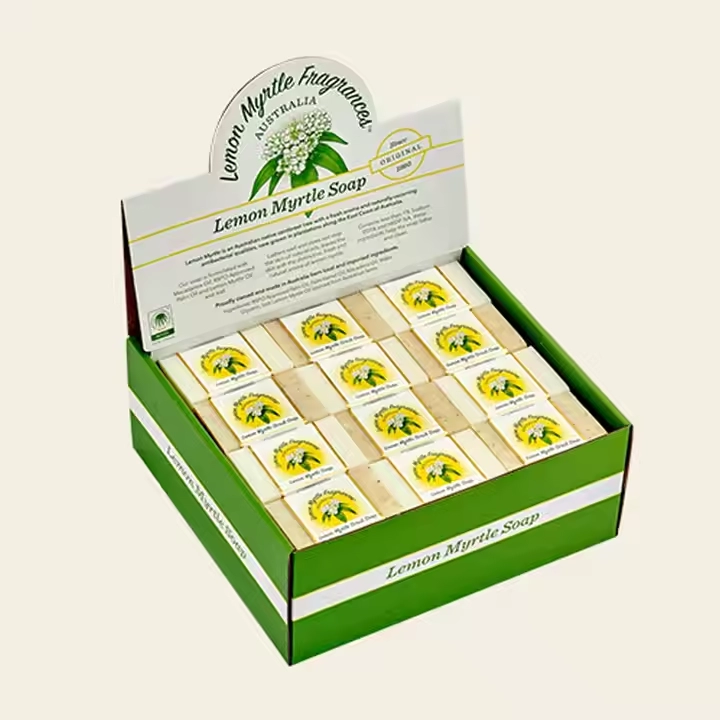
1. 了解展示盒的用途
目标驱动设计
首先要了解展示盒的用途,是用于零售店展示、促销活动,还是产品展示展览。不同的使用场景对展示盒的功能和设计要求也不同。
零售店展示
这些盒子需要醒目、信息丰富且方便顾客取用。它们还应足够坚固,能够承受频繁搬运以及在各种商店环境中的摆放。
推广活动
对于临时展示或活动,盒子可能需要重量轻且易于运输,同时仍保持高品质的外观。
产品展示展览
这些通常需要更复杂的设计,融入品牌元素,甚至可能还有互动功能来吸引游客。
2. 产品特点和目标受众
Tailoring the Box to the Product
Have a deep understanding of the characteristics of the product to be displayed, including the shape, size, weight, color, and texture, as well as the product's selling points and target audience. This is crucial for creating a display box that not only protects the product but also enhances its appeal.
Fragile Items
For fragile items, the display box needs to have a good protective structure. This may involve using reinforced corners, cushioning materials, and a sturdy exterior to prevent damage during transportation and handling.
Children's Products
The design style for children's products should be lively and interesting, incorporating bright colors, engaging graphics, and possibly even interactive elements to attract the attention of both children and parents.
High-End Products
For luxury or high-end items, the display box should reflect the premium quality of the product. This might involve using high-quality materials, sophisticated finishes, and minimalist yet elegant designs.
3. Design Elements and Branding
Creating a Memorable Impression

The design of the cardboard display box is not just about aesthetics; it's also about creating a cohesive brand experience. Here are some key design elements to consider:
Color Scheme
Use colors that align with your brand identity and that are appealing to your target audience. Consistent use of brand colors can help create a sense of familiarity and trust.
Graphics and Typography
High-quality graphics and clear, legible typography are essential for conveying information about the product and your brand. Use imagery that resonates with your target audience and supports your brand messaging.
Branding Elements
Incorporate your logo, branding message, and any other relevant information prominently but tastefully. This helps in building brand recognition and reinforces your brand's identity.
4. Production Process of Cardboard Display Box
From Concept to Reality
Once the design is finalized, it's time to move into the production phase. Here's a step-by-step guide to the production process:
Prototyping
Create a prototype of the display box to ensure that the design works as intended. This is a critical step for making any necessary adjustments before full-scale production.
Material Selection
Choose the right type of cardboard based on the product's requirements. Options range from lightweight yet sturdy corrugated cardboard to high-end, rigid materials for luxury displays.
Printing and Finishing
Use high-quality printing techniques to bring your design to life. Consider adding finishing touches like lamination, foil stamping, or embossing to elevate the appearance of the box.
Assembly
Depending on the complexity of the design, assembly may involve various steps such as folding, gluing, and fitting together different components.
Quality Control
Ensure that each box meets your quality standards by conducting thorough inspections at various stages of the production process.
5. 结论
纸板展示盒是各种场合展示和推广产品的有力工具。了解展示盒的用途、产品特性以及目标受众,您就能设计出一个不仅能保护产品,还能吸引潜在客户的展示盒。从设计到生产,每个环节都对最终的成功至关重要。遵循本指南,您将能够设计和制作出能够有效传达品牌信息并提升整体产品体验的纸板展示盒。